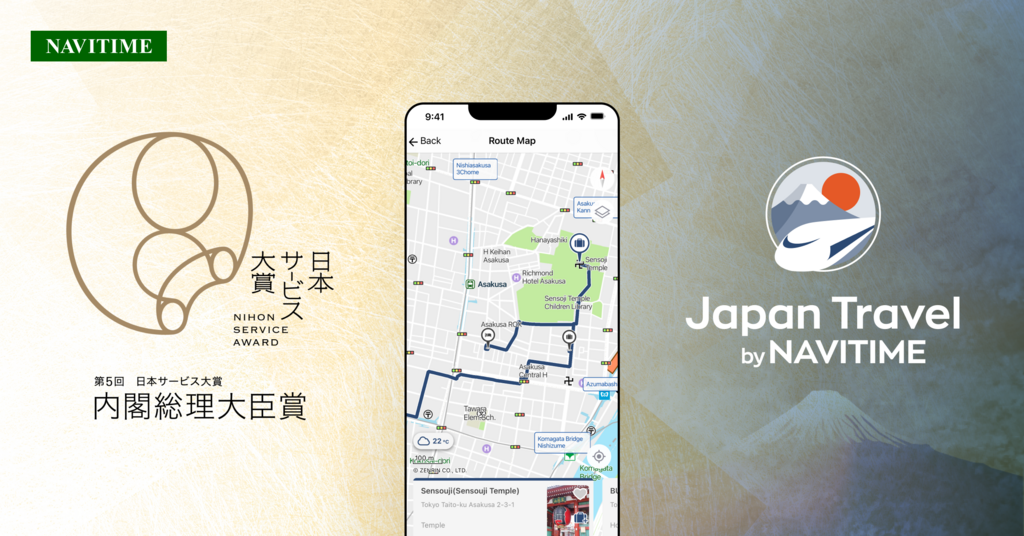As part of the program of the Japan Cultural Expo, an event led by the Agency for Cultural Affairs and the Japan Arts Council that allows visitors to experience the diverse culture and beauty that is the pride of Japan, Association for Modernizing Cultural and Traditional Industries of Japan (J-ART), a non-profit organization that promotes Japan’s unique traditional and spiritual beauty to the world through the Shinto ritual of ‘kagura’, Globally released the video “Sousei Kagura”, which incorporates the dance of kagura, on the official YouTube channel.
URL:https://www.youtube.com/watch?v=fiU16ou-f_A
Currently underway, the Japan Cultural Expo has a general theme of “Japanese People and Nature”, with various events related to Japanese culture including exhibitions, performing arts productions, and art festivals. The expo hopes to make an appeal to the world for the respect of diversity, the sharing of universality, and the prayer of peace through people’s shared encounters and emotions. In order to avoid crowds and prevent the spread of coronavirus, the program focuses on events that can be experienced online, so it was decided for Sousei Kagura to be distributed through video. It was released together with an interview explaining the unique Japanese spirituality of kagura, a form of singing and dancing dedicated to the gods which is rarely seen in public.
Sousei Kagura is the creative work of founder Hiroaki Omote. Having studied and experienced the ancient movements, forms, and etiquette found in ancient Japanese Shinto, ‘shugendo’ (mountain asceticism), and ‘kobudo’ (ancient martial arts), and based on the concept of “Neo Japanesque” (learn from the past and create the future), he created performances and choreography that retain the main current of kagura. Taking into consideration the need to prevent the spread of coronavirus infection, performances were recorded in September 2020 at Hiraoka Shrine, Kamitsudake, and Gojo Hachimangu Shrine in Osaka and Kanda Myojin Shrine in Tokyo.
Comment from Sousei Kagura Soke(Creator), Hiroaki Omote
“The aim of this project is for each and every one of us living on the earth to have the same thought and wish, even for a single moment. Human values may vary depending on things like our environment or ethnic group, but the desire for the happiness of the earth and the world exists to some extent in everyone’s heart. This project was launched from my desire to create the power to change things for the better by unifying the desire within each and every one of us for permanent peace on earth. While ‘prayer’ exists for many religions and peoples, we can achieve something even greater than that. By changing the consciousness of humankind through ‘prayer’, we will create a peaceful and prosperous global society for the generations to come.”
Hiroaki Omote profile
Chairman of Association for Modernizing Cultural and Traditional Industries of Japan (J-ART), Japan Entertainment Tourism Ambassador
- Since 1996: As an international exchange project over 25 years, he has developed businesses based on such things as kagura and art exhibitions to express a unique Japanese world view on the theme of “Neo Japanesque” in Italy, France, Germany, the United Kingdom, South Korea, Singapore, Vietnam, the United States, Hungary, etc.
- 2005: Founded the “Round Table on Brand Promotion of ‘New Japan Style’ (Neo Japanesque)”, which was established within the Ministry of Economy, Trade and Industry.
- 2010: Appointed as the first “Entertainment Tourism Meister” by the Japan Tourism Agency.
- 2011: Performed Sousei Kagura at the Teatro della Pergola opera house and Coccia Theater in Italy. Since then, he has continued to dedicate Sousei Kagura in sacred places mainly in Japan.
- 2018: Performed Sousei Kagura at the Monastery of Montserrat in Spain.
- 2019: Performed Sousei Kagura at the theater of the Pontifical Institute of Sacred Music in Rome.
Sousei Kagura Activities
We regularly carry out activities related to Sousei Kagura in Japan and around the world.
- Giving performances in Japan and overseas
- Holding kagura classes for the general public
- Producing and distributing messages, images, and videos, etc. related to Sousei Kagura.
Japan Cultural Expo official website:
https://japanculturalexpo.bunka.go.jp/en/
Sousei Kagura Neo-Japanesque Official website:
http://neo-japanesque.net/en/
Organizers:
Agency for Cultural Affairs
Japan Arts Council
Association for Modernizing Cultural and Traditional Industries of Japan (J-ART)
Reference
What is Kagura?
Kagura is singing and dancing performed as a dedication to the gods in Japanese Shinto rituals. It is performed at events such as shrine festivals, and occasionally at temples. If the shrine has a kagura hall, it is usually performed there. The word ‘kagura’ is generally thought to have evolved from ‘kamukura’ or ‘kamikura’, which means the place where the gods live, a place for invocation of the dead and requiems. The gods descend to the kamukura, the shrine maidens cleanse people’s impurities and are possessed by the gods while interacting with people, and the singing and dancing they perform there has come to be called kagura.
What is Sousei Kagura?
Sousei Kagura was founded by Hiroaki Omote based on his learning from a young age about the ancient movements, forms, and etiquette found in ancient Japanese Shinto, shugendo, and kobudo. As a result, the idea of “Neo Japanesque” (learn from the past and create the future) was born, and it forms the basis of this organization. Based on this concept, Hiroaki Omote produced performances and choreography while retaining the main current of kagura, which is the source of our traditional culture. Retaining kagura’s original form, means of expression and other aspects of how we dedicate feelings of veneration for the gods and nature, the content is suitable for modern kagura. Since it was first performed on stage in the former West Germany in 1985, it has been performed and exhibited in 20 cities in Japan and overseas to convey our unique philosophy called “Neo Japanesque”.












Add Comment